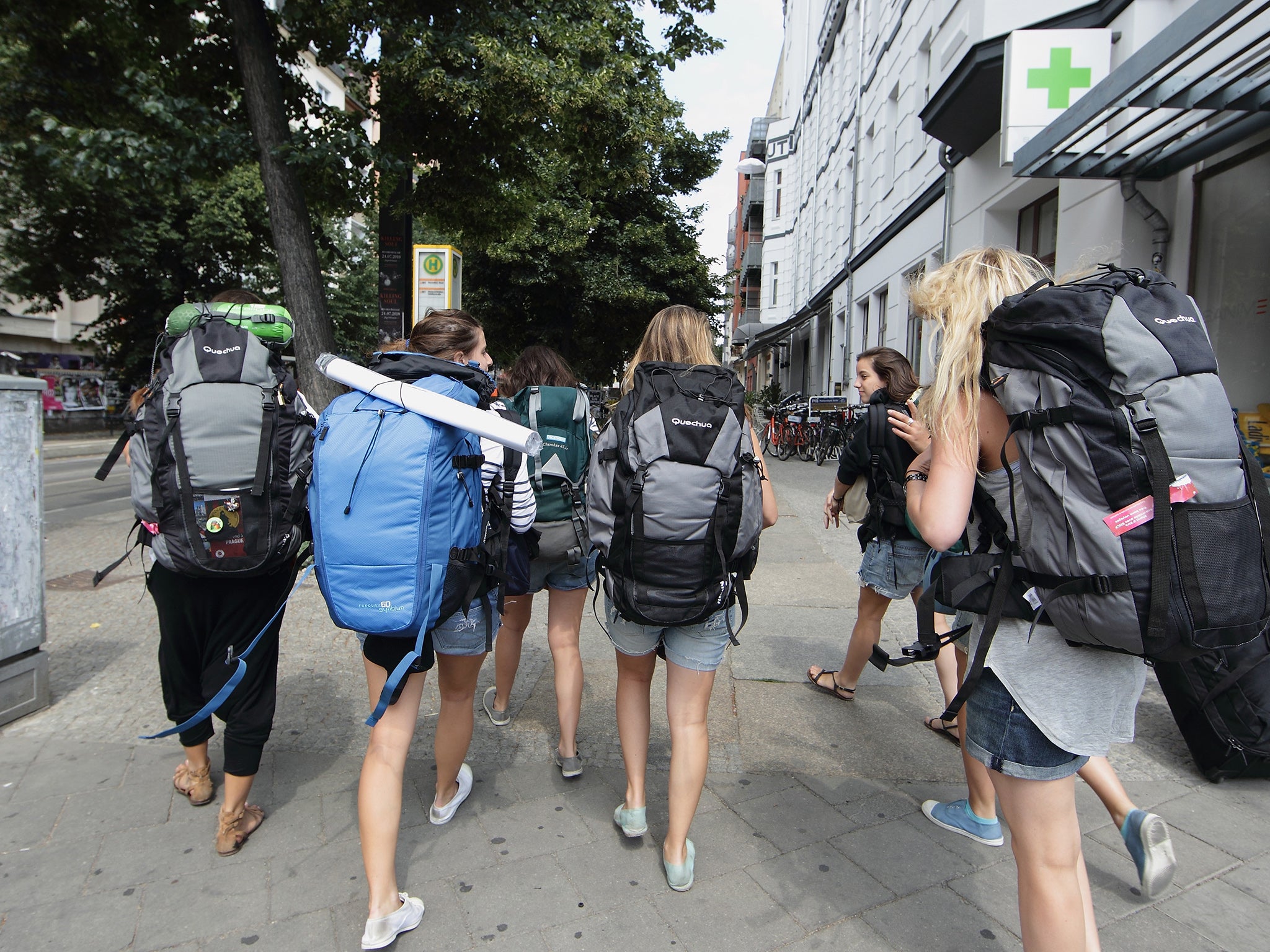After three British backpackers are killed climbing waterfalls in Vietnam: How to stay safe
The deaths of three British backpackers in Vietnam have highlighted the dangers of travelling - Simon Calder explains how to stay safe

Your support helps us to tell the story
From reproductive rights to climate change to Big Tech, The Independent is on the ground when the story is developing. Whether it's investigating the financials of Elon Musk's pro-Trump PAC or producing our latest documentary, 'The A Word', which shines a light on the American women fighting for reproductive rights, we know how important it is to parse out the facts from the messaging.
At such a critical moment in US history, we need reporters on the ground. Your donation allows us to keep sending journalists to speak to both sides of the story.
The Independent is trusted by Americans across the entire political spectrum. And unlike many other quality news outlets, we choose not to lock Americans out of our reporting and analysis with paywalls. We believe quality journalism should be available to everyone, paid for by those who can afford it.
Your support makes all the difference.Three British backpackers, reported to be two women aged 19 and 25, and a man, have been found dead near waterfalls in Vietnam. A local man who had taken them to the falls has been questioned by police. There are reports that he was an unregistered tour guide. Simon Calder, travel correspondent of The Independent, knows the region - and the risks.
Describe the location - and the travellers it attracts
The tragedy took place in Lam Dong province in the south-west highlands, about 150 miles north-east of the largest city, Ho Chi Minh City.
Among Western backpackers on the journey to or from the capital, Hanoi, the town of Dalat is a very popular stop. It’s a base for many adventure activities, from hiking to white-water rafting. Indeed, the whole of Indo-China - taking in Laos and Cambodia as well as Vietnam - has transformed over the past few decades from a region ravaged by war and genocide to somewhere regarded as “Adventure Central” by young travellers from across the world.
This doesn’t seem to have been an officially organised expedition?
It’s difficult when in Vietnam to discern what’s official and what isn’t. As soon as you’re off the plane in Ho Chi Minh City you are bombarded with offers for tours, for example to the nearby tunnels of Cu Chi - where the Vietcong fought a guerrilla war against the Americans. Many tours here and elsewhere claim to be licensed - but establishing the rigour of the checks that are made about equipment, insurance, etc is not easy. And in any event I can’t swear I’d be able to identify a genuine Vietnamese tourism licence. As the US State Department warns: “While many companies may advertise endorsements from local and regional authorities, it is currently unclear if there is a reliable inspection mechanism in place.”
Is there any way to be sure a professional safety audit has been carried out?
You could sign up with a Western adventure tour operator, for example from the UK, Australia or North America, for an organised trip. They will have to operate in accordance with the regulations in their home country - and that involves risk-assessing each aspect of the adventure, from the maintenance of road vehicles to the training of local guides. They will also have good emergency plans and insurance in place.
Presumably those trips can work out a lot more expensive?
Yes, almost inevitably more than you would spend if you fix things up yourself as you go along. So that’s why many young travellers on a shoestring will shop around for the best price for an excursion. They understandably want to save money, but risk lethal consequences in the search for cheap thrills.
What’s the best advice for backpackers - or their worried family and friends?
First rule: be wary of prices that appear much lower than those of competitors - cost-cutting may mean corners have been cut. I often sign up for locally organised tours, but before I commit I seek other travellers’ recommendations, both online and on the ground when I arrive. I ask the operator questions about the safety equipment and precautions that are taken - any firm that takes its responsibility seriously will be happy to talk through them.
Once you’re actually on a trip, there are some fairly obvious signs: if the driver of the minibus is using his mobile while at the wheel, or there’s an activity on water where lifejackets aren’t provided, then that’s not a trip that you should be on. And on the kind of trip on which these three travellers so tragically died, involving difficult terrain that includes sheer drops, there should be a robust system of ropes and harnesses in place.
Join our commenting forum
Join thought-provoking conversations, follow other Independent readers and see their replies
Comments